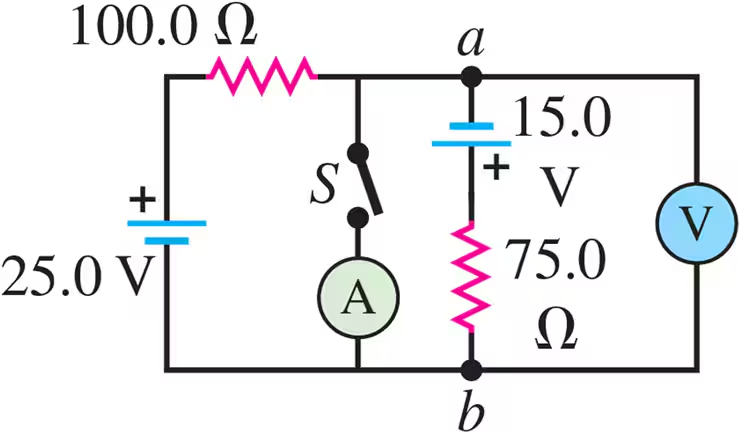For the circuit below, calculate
(a) the voltage V1 shown, and
(b) the current through the 6-Ohm resistor.

 Verified step by step guidance
Verified step by step guidance Verified video answer for a similar problem:
Verified video answer for a similar problem:



 11:15m
11:15mMaster Intro to Kirchhoff's Loop Rule with a bite sized video explanation from Patrick
Start learning